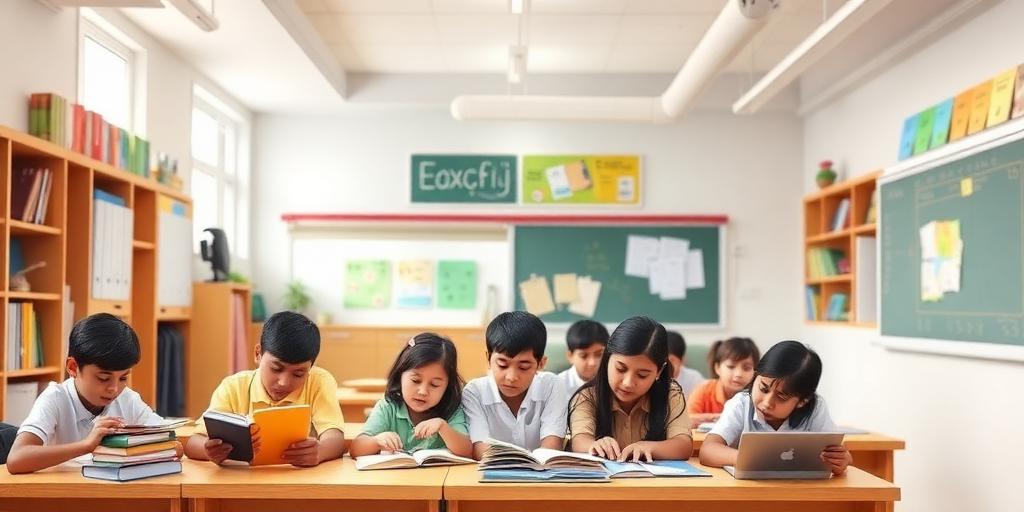Samagra Shiksha Abhiyan 2025: A Vision for Holistic School Education
The Samagra Shiksha Abhiyan (SSA) stands as a landmark initiative by the Government of India to revolutionize the landscape of school education. Integrating the erstwhile Sarva Shiksha Abhiyan (SSA), Rashtriya Madhyamik Shiksha Abhiyan (RMSA), and Teacher Education (TE), the scheme envisions a holistic and integrated approach to education from pre-primary to senior secondary levels.
Key Objectives and Goals
The SSA 2.0, effective from 2021-22 until 2025-26, aims to achieve the Sustainable Development Goal for Education. Its core objectives include:
- Universal Access and Retention: Ensuring that all children have access to quality education and remain in school until completing senior secondary level.
- Equitable Education: Promoting inclusion and bridging gender and social category gaps in education.
- Quality Enhancement: Improving learning outcomes at all levels by focusing on teacher training, curriculum reforms, and pedagogical innovations.
- Vocationalization of Education: Integrating vocational training to enhance employability skills among students.
- Strengthening Infrastructure: Upgrading school facilities to create a conducive learning environment.
Strategic Interventions
To realize these objectives, the SSA 2.0 incorporates several strategic interventions:
- Digital Education: Leveraging technology to enhance teaching-learning processes, including the use of e-content and digital classrooms.
- Teacher Professional Development: Continuous training and capacity building of teachers to meet the evolving needs of students.
- Inclusive Education: Providing support for children with special needs to ensure they have equal opportunities in education.
- Community Participation: Encouraging active involvement of parents, local communities, and other stakeholders in school management.
- Infrastructure Development: Improving school infrastructure, including classrooms, libraries, and laboratories, to create a supportive learning environment.
Expected Outcomes and Impact
The Samagra Shiksha Abhiyan 2025 is poised to bring about transformative changes in the education sector. By ensuring universal access, promoting equity, and enhancing quality, the scheme is expected to:
- Improve overall literacy rates and educational attainment levels.
- Reduce dropout rates and increase retention in schools.
- Enhance learning outcomes and prepare students for higher education and employment.
- Empower teachers and create a motivated teaching workforce.
- Promote inclusive education and reduce disparities in access to education.
Challenges and Way Forward
Despite its ambitious goals, the SSA faces several challenges, including inadequate infrastructure, shortage of qualified teachers, and socio-economic barriers to education. Addressing these challenges requires:
- Increased investment in education infrastructure and teacher training.
- Strengthening monitoring and evaluation mechanisms to track progress and identify areas for improvement.
- Promoting innovative and context-specific solutions to address local challenges.
- Enhancing collaboration and coordination among various stakeholders, including government agencies, civil society organizations, and the private sector.
The Samagra Shiksha Abhiyan 2025 represents a significant step towards realizing the vision of a holistic and equitable education system in India. By addressing the challenges and leveraging its strengths, the scheme has the potential to transform the lives of millions of children and contribute to the nation's overall development.









